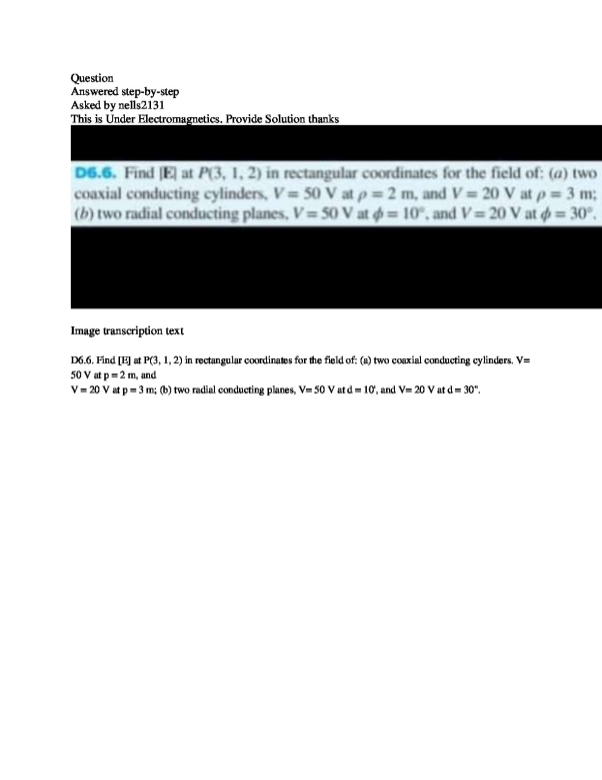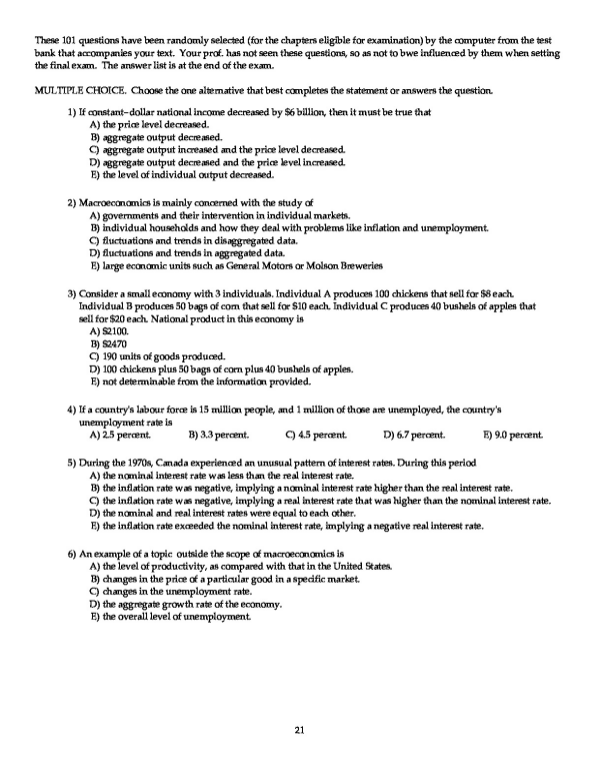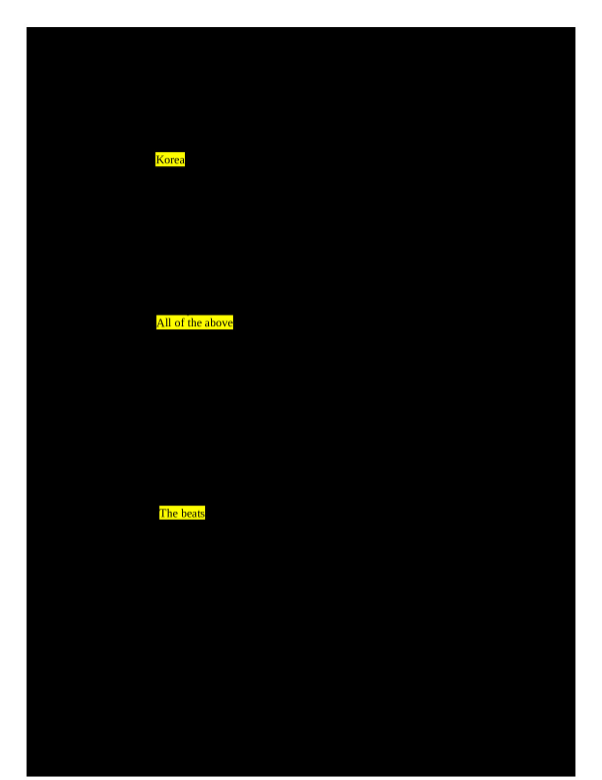1. The operating cycle of a merchandising company contains the following five activites. With merchandise acquisition as the starting point, arrange the events in the correct order. Apr. 2 Purchased merchandise from Lyon Company under the following terms: $4,600 price, invoice dated April 2, credit terms of 2/15, n/60, and FOB shipping point. 3 Paid $300 for shipping charges on the April 2 pur
...[Show More]
1. The operating cycle of a merchandising company contains the following five activites. With merchandise acquisition as
the starting point, arrange the events in the correct order.
Apr. 2 Purchased merchandise from Lyon Company under the following terms: $4,600 price, invoice
dated April 2, credit terms of 2/15, n/60, and FOB shipping point.
3 Paid $300 for shipping charges on the April 2 purchase.
4 Returned to Lyon Company unacceptable merchandise that had an invoice price of $600.
17 Sent a check to Lyon Company for the April 2 purchase, net of the discount and the returned
merchandise.
18 Purchased merchandise from Frist Corp. under the following terms: $8,500 price, invoice
dated April 18, credit terms of 2/10, n/30, and FOB destination.
21 After negotiations, received from Frist a $1,100 allowance on the April 18 purchase.
28 Sent check to Frist paying for the April 18 purchase, net of the discount and allowance.
Prepare journal entries to record the above transactions for a retail store.
Assume a perpetual inventory system.
Date General Journal Debit Credit
April 02 Merchandise inventory 4,600
Apr 17: Paid balance (less 2%) within discount period = $80 = ($4,600 - $600) × 2%.
Apr 28: Paid balance (less 2%) within discount period = $148 = ($8,500 - $1,100) × 2%
3.
Allied Parts was organized on May 1, 2013, and made its first purchase of merchandise on May 3. The
purchase was for 2,000 units at a price of $10 per unit. On May 5, Allied Parts sold 1,500 of the units for
$14 per unit to Baker Co. Terms of the sale were 2/10, n/60.
a. On May 7, Baker returns 200 units because they did not fit the customer's needs. Allied Parts restores
the units to its inventory.
b. On May 8, Baker discovers that 300 units are damaged but are still of some use and, therefore, keeps
the units. Allied Parts sends Baker a credit memorandum for $600 to compensate for the damage.
c. On May 15, Baker discovers that 100 units are the wrong color. Baker keeps 60 of these units
because Allied Parts sends a $120 credit memorandum to compensate. Baker returns the remaining
40 units to Allied Parts. Allied Parts restores the 40 returned units to its inventory.
Prepare entries for Allied Parts to record the May 5 sale and each of the above separate transactions a through c
using a perpetual inventory system.
Date General Journal Debit Credit
May 05 Accounts receivable 21,000
Sales 21,000
4. The following list includes selected permanent accounts and all of the temporary accounts from the December 31,
2013, unadjusted trial balance of Emiko Co., a business owned by Kumi Emiko. Emiko Co. uses a perpetual inventory
system.
Administrative expenses 105,000
Additional Information:
Accrued sales salaries amount to $1,700. Prepaid selling expenses of $3,000 have expired. A physical count of year-end merchandise
inventory shows $28,450 of goods still available.
(a) Use the above account balances along with the additional information, prepare the adjusting entries.
Date General Journal Debit Credit
Dec 31 Sales salaries expense 1,700
Salaries payable 1,700
550
(b) Use the above account balances along with the additional information, prepare the closing entries.
Date General Journal Debit Credit
Cost of goods sold = ($212,000 + $1,550) = $213,550.
Sales salaries expense = ($48,000 + $1,700) = $49,700.
Selling Expenses = ($36,000 + $3,000) = $39,000.
July 1 Purchased merchandise from Boden Company for $6,000 under credit terms of 1/15, n/30, FOB
shipping point, invoice dated July 1.
2 Sold merchandise to Creek Co. for $900 under credit terms of 2/10, n/60, FOB shipping point,
invoice dated July 2. The merchandise had cost $500.
3 Paid $125 cash for freight charges on the purchase of July 1.
8 Sold merchandise that had cost $1,300 for $1,700 cash.
9 Purchased merchandise from Leight Co. for $2,200 under credit terms of 2/15, n/60, FOB
destination, invoice dated July 9.
11 Received a $200 credit memorandum from Leight Co. for the return of part of the merchandise
purchased on July 9.
12 Received the balance due from Creek Co. for the invoice dated July 2, net of the discount.
Date General Journal Debit Credit 16-Jul Accounts payable—Boden 6,000
1-Jul Merchandise inventory 6,000 Merchandise inventory 60
Accounts payable—Boden 6,000 Cash 5,940
2-Jul Accounts receivable—Creek 900 19-Jul Accounts receivable—Art 1,200
Sales 900 Sales 1,200
2-Jul Cost of goods sold 500 19-Jul Cost of goods sold 800
Merchandise inventory 500 Merchandise inventory 800
3-Jul Merchandise inventory 125 21-Jul Sales returns and allowances 200
Cash 125 Accounts receivable—Art 200
8-Jul Cash 1,700 24-Jul Accounts payable—Leight 2,000
Sales 1,700 Merchandise inventory 40
Powered by TCPDF (www.tcpdf.org)
[Show Less]






-preview.png)

